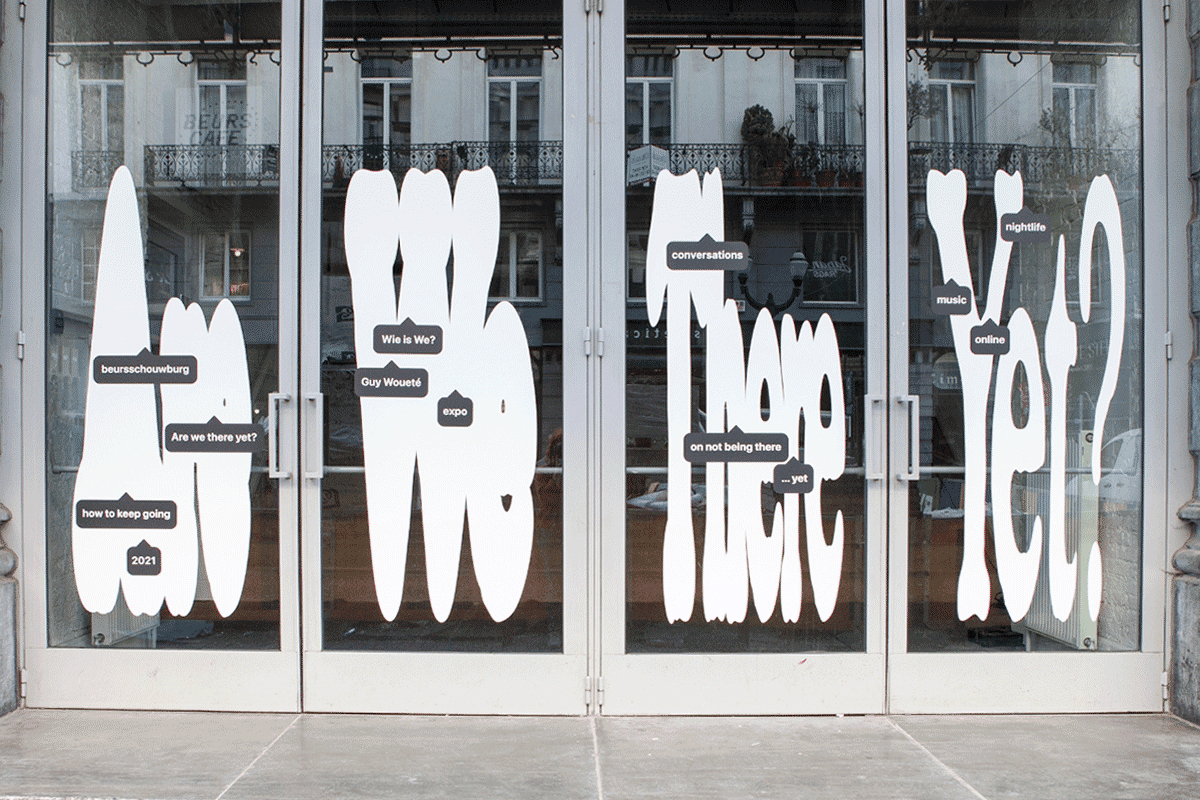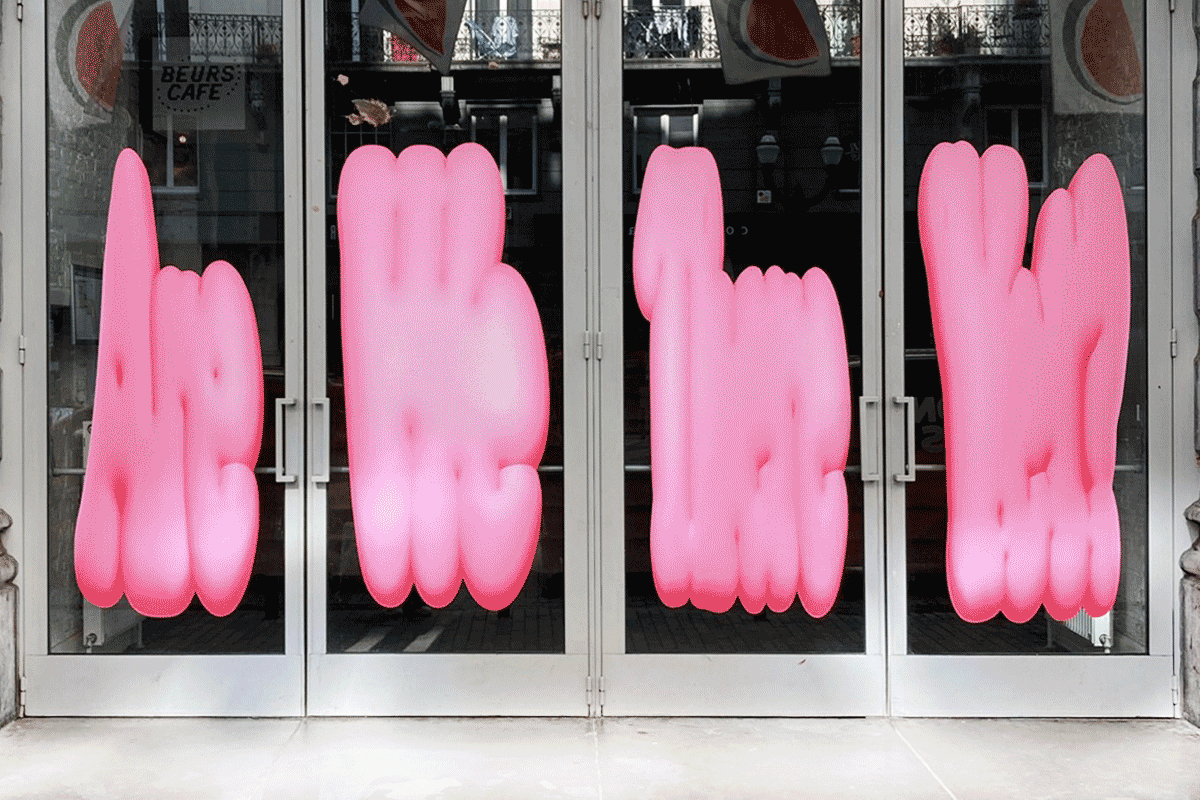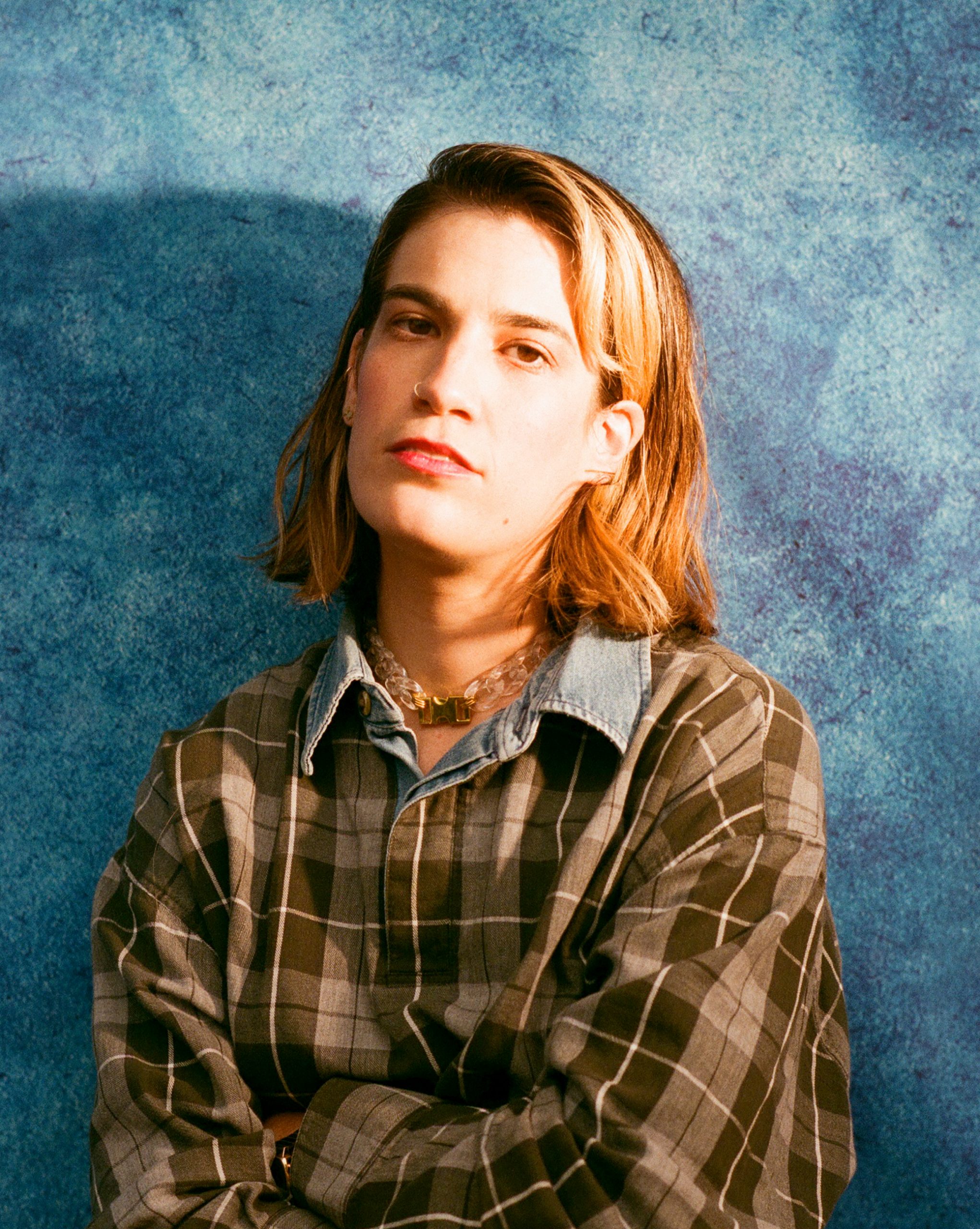How did you first meet and decide to found Atelier Brenda? And how important has collaboration been to you both personally, and what is your working relationship like?
We studied at the same design school, but we knew each other already before as friends. As friends we also started playing a lot and creating stuff by accident, or it came just very naturally. At a certain moment we organised a party, for which we were the creative directors, and Brenda came out of that. We shaped her but nothing really happened with a purpose; it just all came very naturally.
Collaboration allows us to have an experimental safe space.
Working in a collaboration allows us to have an experimental safe space. A space to try new things, to improve things, to have a conversation, to go back and forth, to start something or to finish something, and Sophie and I both benefit from this approach. Being together is nicer than being alone as a designer.
Also, I don’t know what my personal style would be without having this collaboration. Maybe we would be the same, maybe we would be totally different, but I think we influence each other a lot. We were creating stuff together right from our earliest steps as designers, and we’ve worked together now for ten years, so I think we’ve had so much influence on each other.

You’ve worked on projects for very varied clients – from fashion designers, like Grace Wales Bonner, to big brands, like Adidas, to institutions, to record labels. Are there certain themes you look for in prospective clients? And what kind of projects do you like working on most?
We don’t specifically look for clients. I think we do have an idea about what the ideal clients are and we try to attract them maybe on a subconscious level. But the clients that we want the most are the ones that we can have a deep conversation with, clients who allow for freedom and have a very clear brief, don’t micromanage, and that really want to do something good instead of something only PR-related or to do with changing their image. There needs to be a purpose in the work and the relationship, and it needs to be as transparent as possible.
I think too that it’s about everything that interests us in our ‘normal’ life, without even thinking about graphic design, but the things that we wear, what we listen to, places we visit or shows we want to see. All these things that inspire us, outside of graphic design or thinking about projects, are things we are interested in working on.

And perhaps slightly related, Atelier Brenda is very multidisciplinary; you work in the physical and digital realms, and on everything from brand identities to vinyl. What do you think the role of the designer is today?
That’s a hard question. I mean there is not one role a designer has, and it also depends what kind of a designer you are. It really depends on what moves you as a designer. Either you want to make the world more beautiful, or you want to communicate and translate things, or you want to create another world. There are different reasons, or there’s a combination of different reasons.
There needs to be a purpose in the work and the relationship
What’s always true is that the designer carries a certain responsibility when they’re working with clients, to try to communicate or translate their ideas. If you are making things autonomously, you only have that responsibility towards yourself. Also, in a way communication is what we do, but it’s nice if there is some kind of magic or something that sparks an emotion in people. So creating that joy and spark and emotion is important I think.
One of our roles as a designer is looking at different influences from our immediate environments, and a global environment, and bringing them together to create an image that inspires other people.

I absolutely love your website, it’s one of the best I’ve seen in some time! The use of the heart cursor, and also the fact you chose a studio name which is female (rather than ambiguous) made me think about opting in to being perceived as female. How have you found navigating the design industry as women?
Luckily because we were both strong together when we started, we never tried to be that aware of, or victimised by, the fact that we were women. I think when we started we saw it as a strength. We were very proud to be female. We were very proud of where we were coming from, and where our inspirations and fantasies as girls came from.
We were actually one of the few female graphic designers in the industry so it felt like you can take attention because you are unique and not because you are not one of the guys, like all the rest. We intentionally wanted to be different and we were already authentically different. It was not a hard thing in that sense but we did feel differences when we were in meetings and there were certain hierarchy or about experience. Of course we felt the differences there, and we also had to fight for that fact that something were more intuitive than rational or breaking with the design history. We had little public female graphic designers or queer designers to look up at because they were not so public. We are so happy these things are changing now.
We were very proud to be female
Do you think it’s important to be playful in your work as designers?
I think that’s basically one of the fundamentals of our work within our studio, because the studio started from irrational and rational playfulness. We created a fictional space and an alter ego in order to be able to experiment and deal with the limitations of our physical world and the environment around us. We have always assumed that life is a playground.

International Assembly brings together artists and designers from all over the world. What can this kind of global collaboration and knowledge exchange give that one might miss on a local scene, even in a big city?
I’m not sure at this point if we want to make the distinction between global vs local in terms of being better, more nourishing or more inspiring. We think those things happen on an equal level in both contexts, and both contexts have their advantages and disadvantages, so making a distinction may not interest us so much, or maybe we don’t want to dig deeper as it’s super complex.
We definitely think that designers or creatives should invest in understanding their inner world and outer world, their local environment and international environment and think of the bigger picture, because we are all part of a very big collective conscious mind. It’s good to be aware of that. It’s good to be inspired by those levels of interconnectivity.
Read More: New Cultural Languages With Neville Brody






